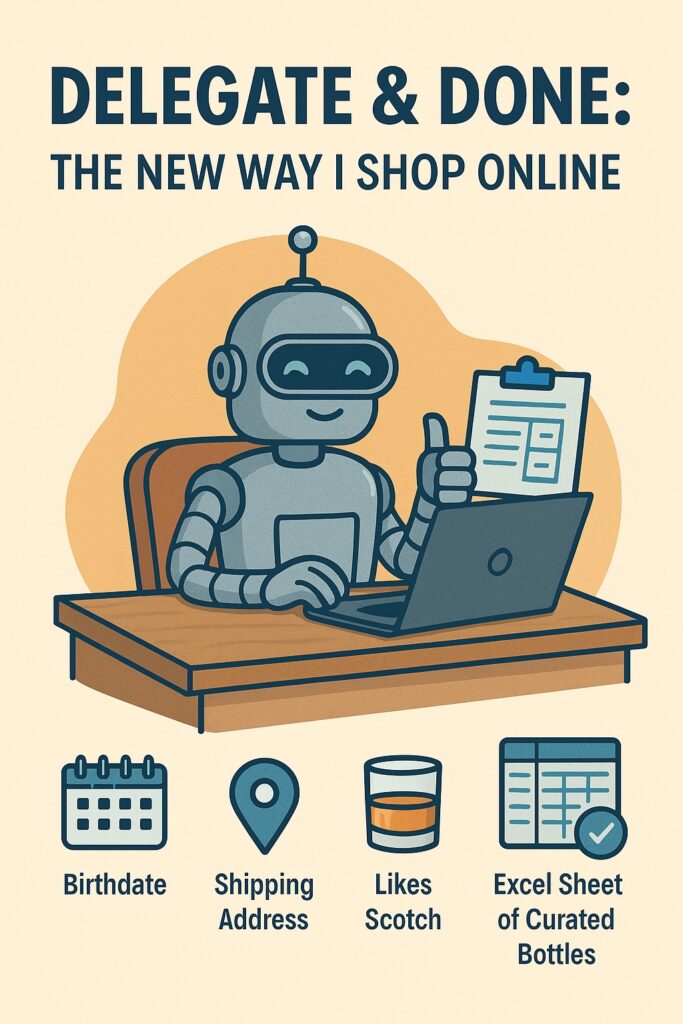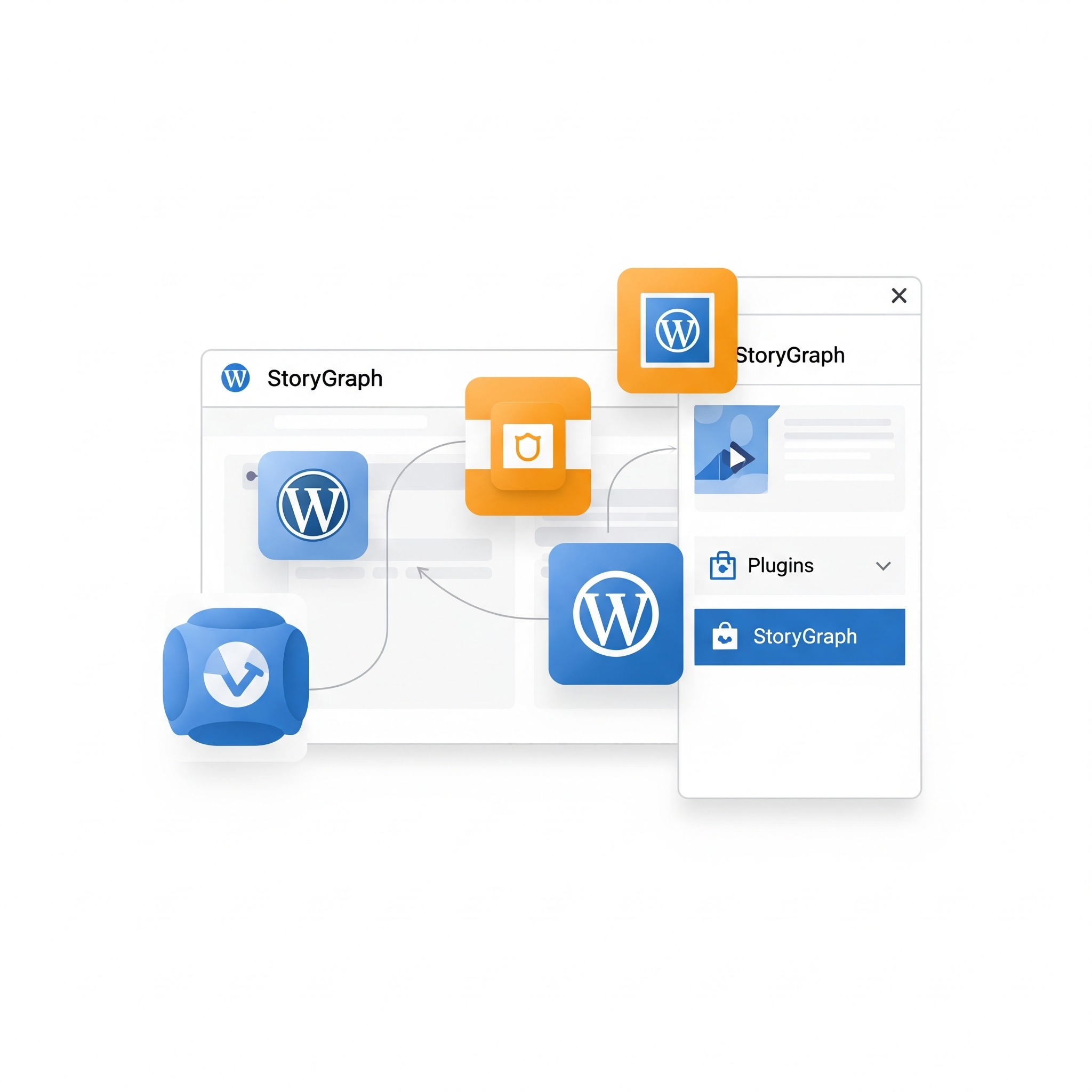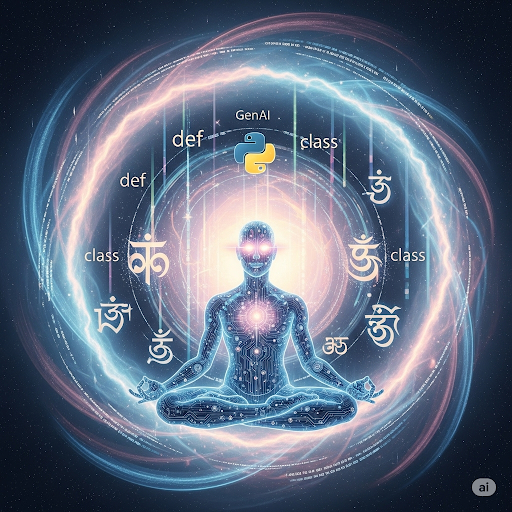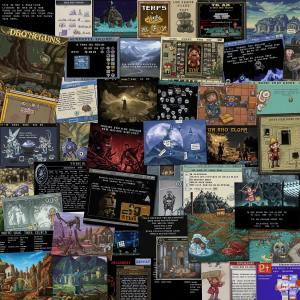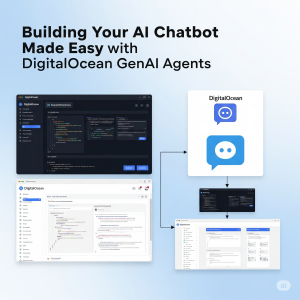I’m not a developer. I can manage domains, install WordPress, and fumble my way through a database setup, but building an AI chatbot? That should have been a red flag. Instead, I thought: “I have Claude and ChatGPT – how hard could it be?”
This is the story of how I tried to build an AI system for spiritual conversations, armed with nothing but basic technical skills, a lot of curiosity, and the naive belief that AI assistants could walk me through anything.
The Perfect Learning Project (Or So I Thought)
I wanted to build something to learn AI development, and biblical content seemed like the ideal starting point. The logic was simple:
- Free, abundant source material: Thousands of years of text, all in the public domain
- Well-structured content: Organized by books, chapters, and verses
- Clear boundaries: A defined domain with established interpretive traditions
- Meaningful purpose: Something that could actually help people
What could be simpler than working with text that’s been around for millennia? I had visions of building something that could access multiple Bible translations, generate personalized devotionals, create study guides, and help with scripture interpretation. All powered by AI that would somehow “understand” the spiritual nuance.
Looking back, I can see how that sounds a bit naive.
My Technical Reality Check
My actual technical background was pretty limited. I could:
- Register domains and manage DNS settings
- Install WordPress and mess around with themes
- Set up basic databases (with a lot of Googling)
- Copy and paste terminal commands when tutorials told me to
That was about it. But I figured modern AI could bridge the gap. I’d seen people build impressive things with AI assistance, and I had both ChatGPT and Claude to help guide me through the technical pieces. I even wrote about setting up AI chatbots with DigitalOcean’s GenAI agents – which, looking back, should have been a clue that I was getting ahead of myself.
My development process became a predictable cycle:
- Ask Claude or ChatGPT for step-by-step instructions
- Copy and paste the terminal commands they gave me
- Hit an error (this happened constantly)
- Copy and paste the error message back to the AI
- Try the suggested fix
- Repeat until something worked
This actually got me surprisingly far. The AI assistants were patient with my questions, walked me through server setup, helped me understand APIs, and even explained basic programming concepts when I got stuck.
The Moment Reality Hit
But there’s a massive difference between “I got the code to run” and “I built something people can actually use.” That gap became painfully clear when I started calculating what this spiritual AI would actually cost to run.
I was doing everything the hard way – spinning up VPS instances, uploading massive datasets, processing everything server-side. Meanwhile, ChatGPT had custom GPTs, OpenAI had APIs that could handle the heavy lifting, and there I was, burning through DigitalOcean credits like I was mining cryptocurrency.
The math was brutal:
- Storage costs for multiple Bible translations and commentaries
- Processing power for real-time responses
- Bandwidth for users actually using the thing
- Backup and redundancy (because what if it crashes during someone’s spiritual crisis?)
I was essentially rebuilding what already existed, but worse and more expensive. It was like deciding to build your own search engine instead of just using Google’s API.
The Growing List of “Oh Wait” Moments
As I dug deeper, the complexity kept multiplying:
“Oh wait, different denominations interpret the same verses completely differently.”
My simple Q&A bot would need to navigate centuries of theological debate. Catholic, Protestant, Orthodox, Baptist, Methodist – they don’t all agree, and for good reason.
“Oh wait, people don’t just want facts – they want wisdom.”
There’s a huge difference between “What does John 3:16 say?” and “What does John 3:16 mean for my life right now?” The first is a database query. The second requires understanding context, emotion, and spiritual discernment.
“Oh wait, I’m not qualified to provide spiritual counsel.”
What happens when someone asks the AI about depression, relationship problems, or losing their faith? Where’s the line between helpful information and pastoral care that should come from a real person?
“Oh wait, getting the theology wrong could actually hurt people.”
A bug in a weather app means someone brings an umbrella they don’t need. A bug in a spiritual AI could mislead someone about fundamental questions of faith, meaning, and morality.
The AI Development Paradox
Here’s what I learned about using AI to build AI: it’s incredibly powerful and fundamentally limited at the same time.
Claude and ChatGPT were amazing at helping me with the technical implementation. They could generate code, debug errors, and explain concepts I’d never encountered. But they couldn’t solve the deeper problems:
- How do you train an AI to be theologically accurate without being doctrinally rigid?
- How do you handle the difference between information and wisdom?
- How do you build something that’s helpful without overstepping into areas that require human pastoral care?
- How do you serve people from different faith traditions without watering down the message?
The AI assistants could help me build the technical infrastructure, but they couldn’t solve the fundamental challenge of creating artificial intelligence that could engage meaningfully with humanity’s deepest questions.
What I Learned About Learning
Building this spiritual AI taught me that some projects are deceptively simple on the surface but incredibly complex underneath. Biblical text might be freely available and well-organized, but the moment you try to help people engage with it meaningfully, you’re dealing with theology, psychology, pastoral care, and human nature.
The technical challenges were solvable with enough persistence and AI assistance. The deeper challenges required wisdom I didn’t have and decisions I wasn’t qualified to make.
But here’s the thing: I learned more from this “failed” project than I would have from building another generic chatbot. The complexity forced me to think deeply about what AI can and can’t do, what people actually need from technology, and where the boundaries should be.
Coming Up in This Series
Over the next several posts, I’ll walk you through the specific technical and practical challenges I encountered:
- Part 2: The technical architecture decisions – RAG, fine-tuning, or something else entirely?
- Part 3: Handling theological accuracy while respecting denominational differences
- Part 4: What users actually asked (and what completely broke the system)
- Part 5: The lessons learned and what I’d do differently next time
If you’re thinking about building AI for complex, sensitive domains – whether spiritual, medical, legal, or educational – I hope this series helps you avoid some of the pitfalls I stumbled into.
The good news? While I didn’t build the spiritual AI I originally envisioned, I learned enough to know what would actually be required to do it right. And that knowledge turned out to be far more valuable than the original project.
This is Part 1 of a 4-part series on building AI for spiritual conversations. Have you tried building AI for complex domains? I’d love to hear about your experiences in the comments.


